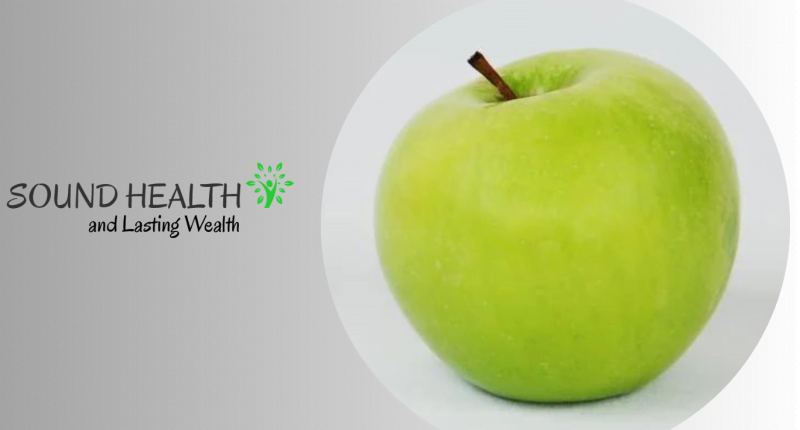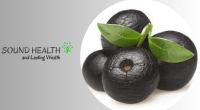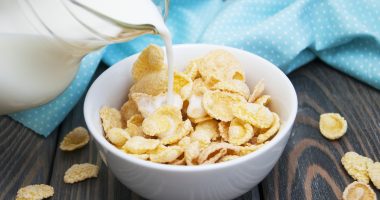Fiber, also known as roughage or bulk, refers to the indigestible part of plant foods that passes through our digestive system. Unlike other nutrients such as carbohydrates, proteins, and fats, roughage does not get broken down into smaller molecules but instead retains its bulkiness throughout the digestion process.
roughage plays a crucial role in maintaining a healthy digestive system, promoting regular bowel movements, and preventing constipation. Moreover, roughage intake is linked to several health benefits such as weight management, cardiovascular health, and diabetes management. [1]
Types
Roughage can be classified into two categories: soluble and insoluble roughage. Soluble fiber dissolves in water, while insoluble fiber does not.
Soluble roughage can form a gel-like substance in the stomach, which can slow down the digestion process and make us feel fuller for longer periods. Good sources of soluble fiber include oats, barley, nuts, seeds, and legumes.
Insoluble roughage adds bulk to stool, which helps it move through the digestive system quickly. Good sources of insoluble roughage include whole grains, fruits, and vegetables.
Food Sources of Fiber
A diet rich in plant-based foods is an excellent way to increase roughage intake. Here are some of the best food sources of fiber:
Fruits and Vegetables
Fruits and vegetables are excellent sources of roughage, particularly insoluble fiber. Examples of high-fiber fruits and vegetables include:
- Apples
- Berries
- Oranges
- Pears
- Broccoli
- Carrots
- Spinach
- Sweet potatoes
Whole Grains
Whole grains such as oats, barley, quinoa, and brown rice are high in fibre, particularly soluble fiber.
Legumes
Legumes, such as lentils, chickpeas, and black beans, are an excellent source of both soluble and insoluble fiber.
Health Benefits
Fiber is associated with several health benefits, including:
Digestive Health
Fiber promotes regular bowel movements and prevents constipation, hemorrhoids, and diverticulitis. Moreover, high-fibre diets have been linked to a reduced risk of colon cancer.
Weight Management
roughage can help with weight management by increasing satiety and reducing overall calorie intake. Eating high-fibre foods can help us feel fuller for longer, which can help us eat less and lose weight.
Cardiovascular Health
Fibre intake is linked to a reduced risk of heart disease. Soluble fibre, in particular, has been shown to lower blood cholesterol levels.
Diabetes Management
Fiber can help regulate blood sugar levels, making it an excellent tool for managing diabetes. Soluble roughage can slow down the absorption of sugar into the bloodstream, preventing blood sugar spikes after meals.
How to Increase Roughage Intake
Most people do not consume enough roughage in their diets, with the average American consuming only 15 grams of fiber per day, far below the recommended daily intake of 25-30 grams. Here are some tips for increasing roughage intake:
Gradual Increase
A sudden increase in roughage intake can lead to digestive discomfort, such as gas and bloating. It is best to gradually increase fibre intake by adding a few high-fiber foods to the diet each day.
Choosing High-Fiber Foods
Choosing high-fiber foods such as fruits, vegetables, whole grains, and legumes can significantly increase fibre intake.
Incorporating Fiber Supplements
Fibre supplements, such as psyllium husk, can be an effective way to increase roughage intake. However, it is essential to drink plenty of water when taking fibre supplements to avoid digestive discomfort.
Potential Side Effects
While roughage is an essential part of a healthy diet, consuming too much roughage can lead to digestive discomfort, such as gas, bloating, and diarrhea. It is essential to increase roughage intake gradually and drink plenty of water to avoid these side effects.
Conclusion
Fibre or roughage is a crucial component of a healthy diet that is often overlooked. Including high-roughage foods such as fruits, vegetables, whole grains, and legumes in our diets can have numerous health benefits, including improved digestive health, weight management, cardiovascular health, and diabetes management.









